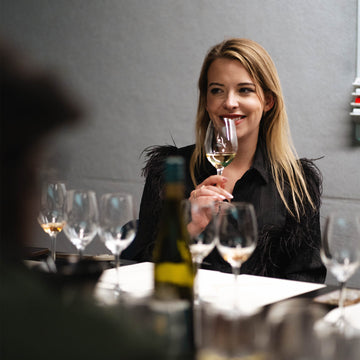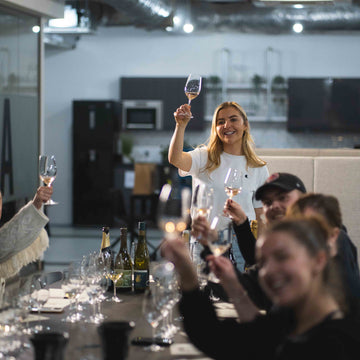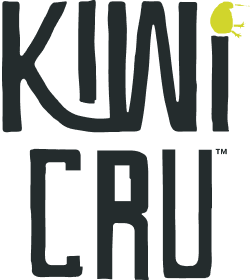

The Barrel’s Secret: How Oak Shapes Wine

Barrels in Motion: The Surprisingly Global (and Circular) Journey

Barrels and the Human Hand: Why Traditional Tools Still Matter
“The barrels don’t speak loudly, but they shape the story”.
Wines Where the Barrel Speaks
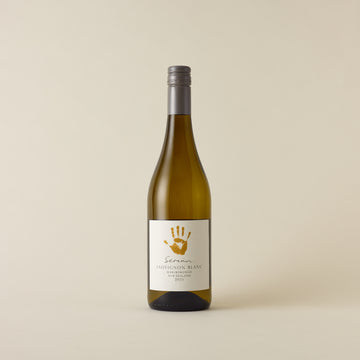
Seresin Organic Sauvignon Blanc 2023 – Marlborough
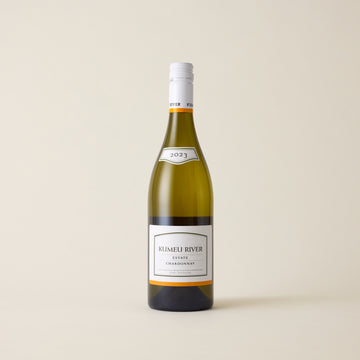
Kumeu River Estate Chardonnay 2023 – Auckland
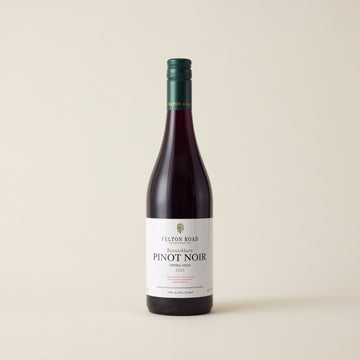
Felton Road Calvert Pinot Noir 2023 – Central Otago
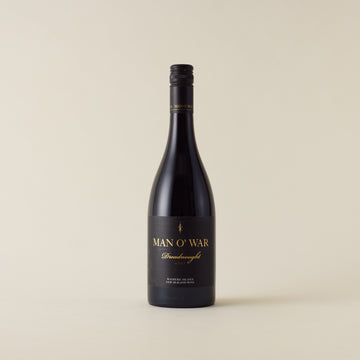
Man O' War 'Dreadnought' Syrah 2021 – Waiheke Island
Discover Our Wines
Smith & Sheth Cru Heretaunga Albarino 2022
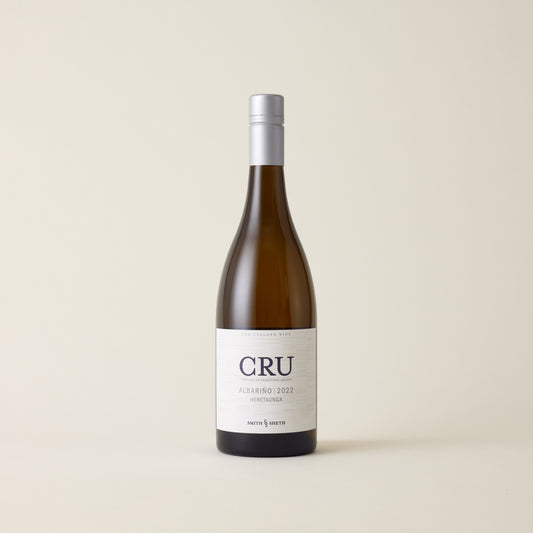





Smith & Sheth Cru Heretaunga Albarino 2022
Regular price
£29.00
Sale price
£29.00
Regular price
Greywacke Wild Sauvignon Blanc 2022
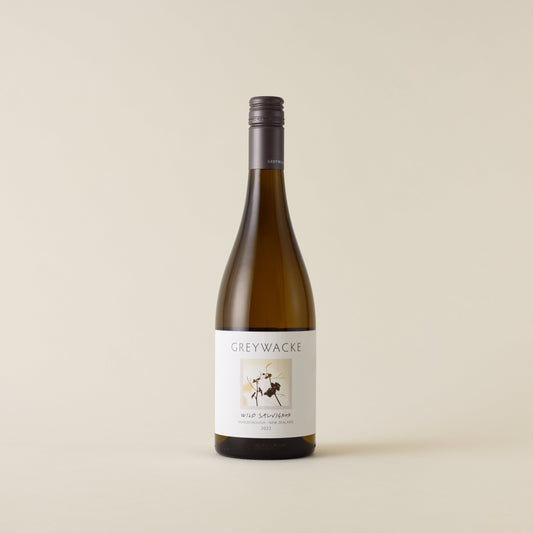







Greywacke Wild Sauvignon Blanc 2022
Regular price
£26.00
Sale price
£26.00
Regular price
Jules Taylor Sauvignon Blanc 2024
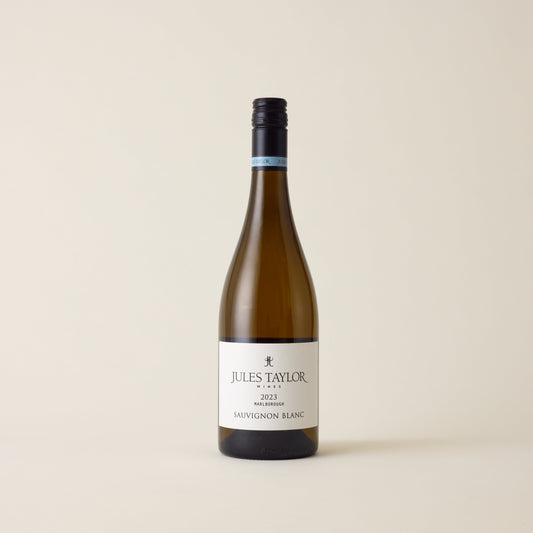




Popular



Jules Taylor Sauvignon Blanc 2024
Regular price
£14.65
Sale price
£14.65
Regular price
£19.50
Palliser Estate Riesling 2024
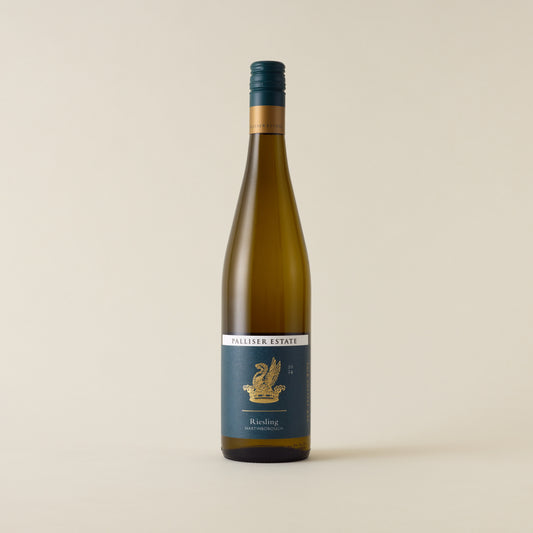

Palliser Estate Riesling 2024
Regular price
£12.00
Sale price
£12.00
Regular price
£16.00
Clos Henri Estate Sauvignon Blanc 2023
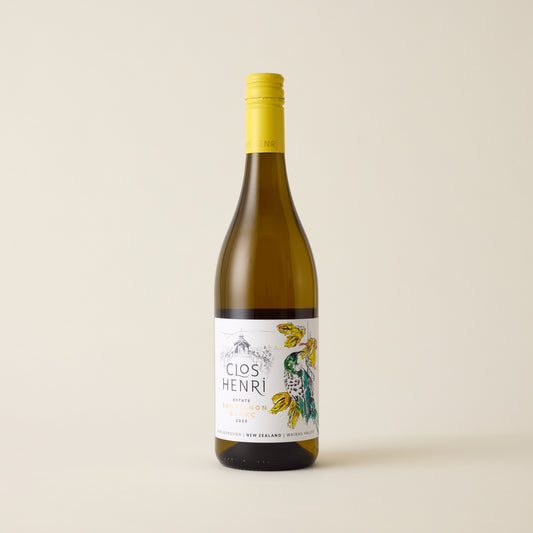

Clos Henri Estate Sauvignon Blanc 2023
Regular price
£15.75
Sale price
£15.75
Regular price
£21.00
Te Whare Ra Toru White 2023
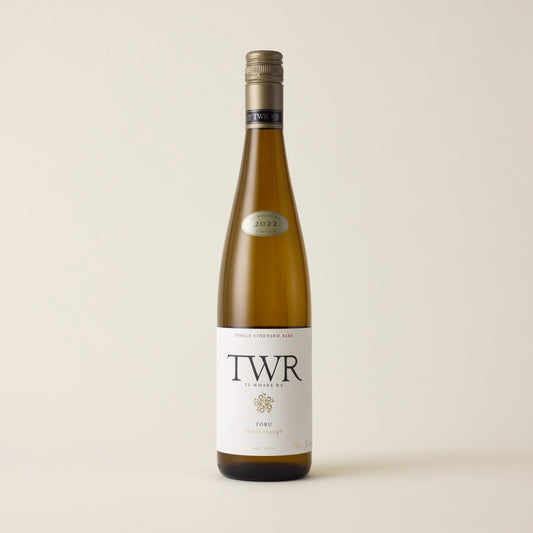







Te Whare Ra Toru White 2023
Regular price
£23.50
Sale price
£23.50
Regular price
Matawhero Single Vineyard Chardonnay 2022
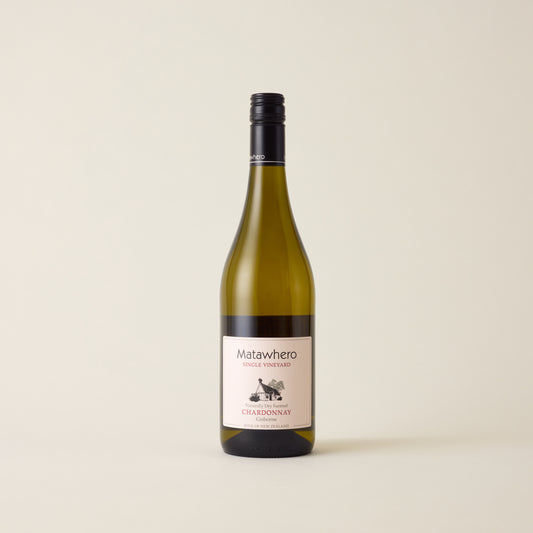





Matawhero Single Vineyard Chardonnay 2022
Regular price
£20.00
Sale price
£20.00
Regular price
£0.00
Mahi Sauvignon Blanc 2023
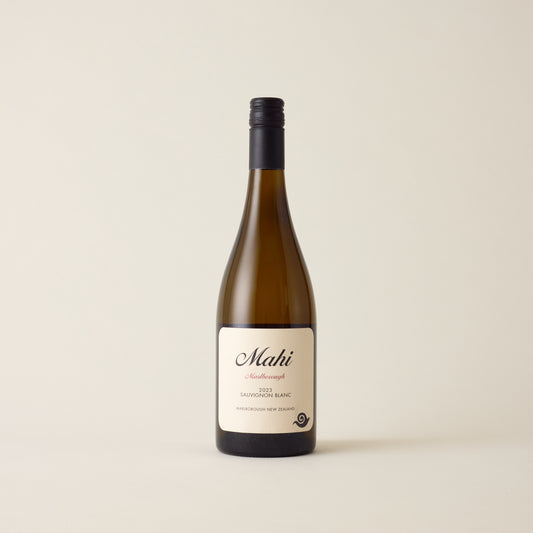



Popular


Mahi Sauvignon Blanc 2023
Regular price
£17.50
Sale price
£17.50
Regular price
